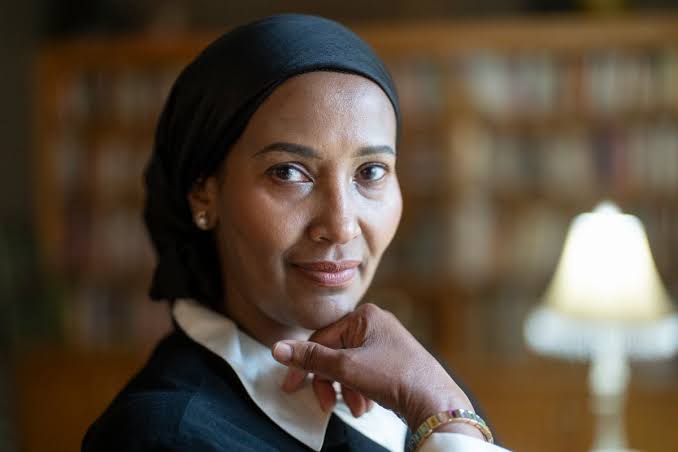Facebook Twitter (X) Instagram Somali Magazine - People's Magazine
Marian Hassan, a Minnesota-based educator and author, is on a mission to preserve the oral traditions of the Somali community. With the help of a $121,000 Minnesota Legacy Cultural Heritage Grant, Hassan launched the “Sing-Again Lullaby and Oral History Project.” This initiative aims to document Somali lullabies, folk songs, and rhymes that have been passed down through generations but are now fading in the Somali diaspora.
Hassan’s project involves holding story circles with Somali elders to capture their experiences, memories, and oral artistry. She plans to compile these traditions into a book, along with video and audio resources, to make them accessible for future generations.
“The lullabies and songs we use to nurture our children are beautiful and rich,” Hassan said. “But many have never been committed to writing.”
The Role of Oral Tradition in Somali Culture
Historically, oral tradition has been a cornerstone of Somali culture, especially since the Somali language lacked a standardized script until the 1970s. Poems, proverbs, and songs have long served as tools to preserve cultural knowledge and pass on values.
“Our elders were the preservers of the language,” Hassan explained. With many of these elders now aging, the urgency to document their knowledge grows.
The Sing-Again project includes bilingual materials, bridging generational gaps and helping young Somalis in the U.S. connect with their heritage.
Challenges in the Somali Diaspora
In Minneapolis, Somali grandmother Asha Mohamed reflected on the challenges of preserving cultural traditions while raising children in the U.S. Mohamed, a mother of 10, recounted her time raising her children within a tight-knit Somali community where lullabies and proverbs were integral to child-rearing.
Today, many Somali families in Minnesota face cultural disconnection. Younger parents often raise fewer children without the communal support systems they had in Somalia.
Abdisalam Adam, principal of East African Elementary Magnet School in St. Paul, noted that preserving the Somali language is becoming increasingly difficult. “Families struggle to communicate with their children, teachers face language barriers with students, and healthcare workers find it hard to connect with patients,” he said.
Adam emphasized the growing need for programs like Hassan’s, adding that the school has introduced bilingual literacy classes to help students achieve certification in Somali proficiency by the time they graduate.
Preservation Efforts in Schools
Efforts to sustain Somali culture are already underway in Minneapolis Public Schools. Deqa Muhidin, a former schoolteacher and Somali language heritage coordinator, highlighted the district’s Somali Heritage Language Program, which began in 2021 and now serves 270 students from kindergarten through fourth grade.
Muhidin praised the Sing-Again project for complementing these initiatives. “The Somali language has cultural insights that are often untranslatable,” she said. Elders use idiomatic expressions that carry profound meanings, which risk being lost with their passing.
The Urgency to Act
Somali is the third-most spoken language in Minnesota, after English and Spanish. However, as young Somalis grow up in predominantly English-speaking environments, the language is rapidly disappearing.
“This is urgent for Somali people,” Hassan stressed. “Our elders are the only ones who can preserve these oral traditions.”
By documenting Somali lullabies and proverbs, Hassan hopes to ensure that future generations can maintain a connection to their heritage. Her project underscores the importance of language and oral history in sustaining cultural identity within immigrant communities.

